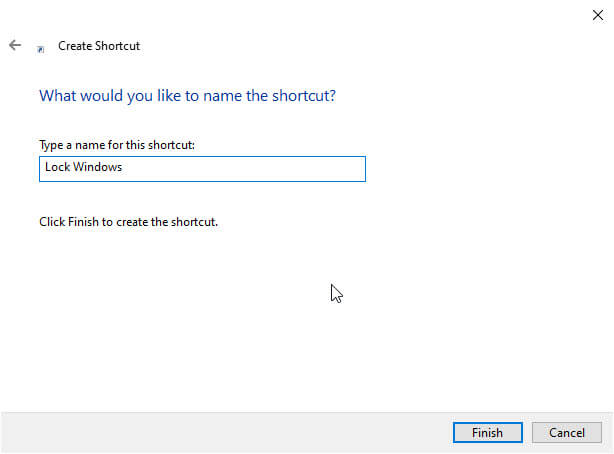You can create a custom desktop shortcut to lock your Windows PC. Here are the steps you should follow to create the Windows lock shortcut.
Windows has a handy keyboard shortcut (WIN + L) to lock the system while you are briefly going away from the system. For a lot of Windows users, Win + L is one of the most well know shortcuts to lock Windows desktop. In fact, for many, the shortcut is muscle memory, just like the shortcuts for copy, cut, and paste.
As good as the default keyboard shortcut is, you can also create a desktop shortcut to lock your Windows PC. This kind of shortcut is very useful in a lot of situations. Some of those scenarios include but not limited to broken keys, not liking the awkward position of keys, etc. Not only that but if you have a differently-abled friend or if you are differently-abled yourself who is unable to make use of the keyboard shortcut, the Windows lock desktop shortcut is very useful.
In this quick and simple guide, let me show you the steps to create a desktop shortcut to lock your Windows PC. Once created, you can lock the computer by double-click on the lock Windows desktop shortcut.
Steps to Create Desktop Shortcut to Lock Windows
1. First, minimize all windows to show the desktop. On the desktop, right-click and select the “New → Shortcut” option. This action will open the shortcut wizard.
2. In the shortcut wizard, copy and paste “Rundll32.exe user32.dll,LockWorkStation” in the blank field.
3. After that, click on the “Next” button to proceed to the next step.
4. Here, type a name for the new shortcut. In my case, I chose the simple “Lock Windows” as its name.
5. Click on the Finish button to save the changes you just made.
That is all. You’ve successfully created the desktop shortcut to lock Windows PC. From now on, whenever you want to lock the system, just double-click on the shortcut we just created. As soon as you double-click the system will be locked immediately.
I hope that helps. If you are stuck or need some help, comment below and I will try to help as much as possible. If you like this article, check out 5 ways to lock Windows and how to auto lock Windows after a timeout.


